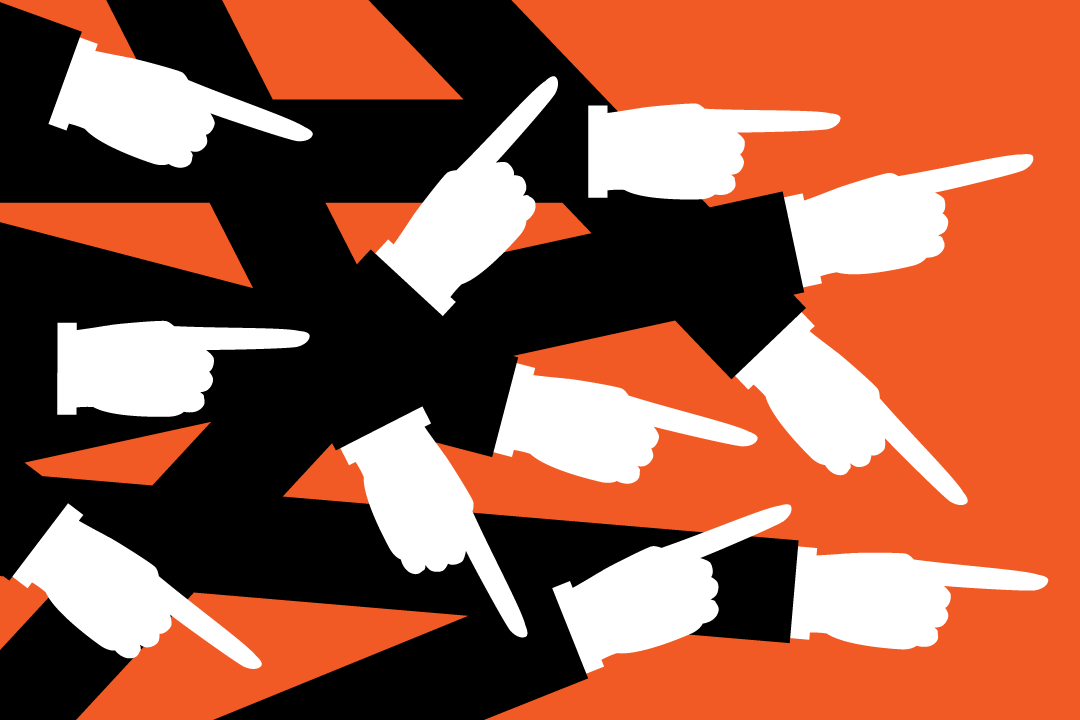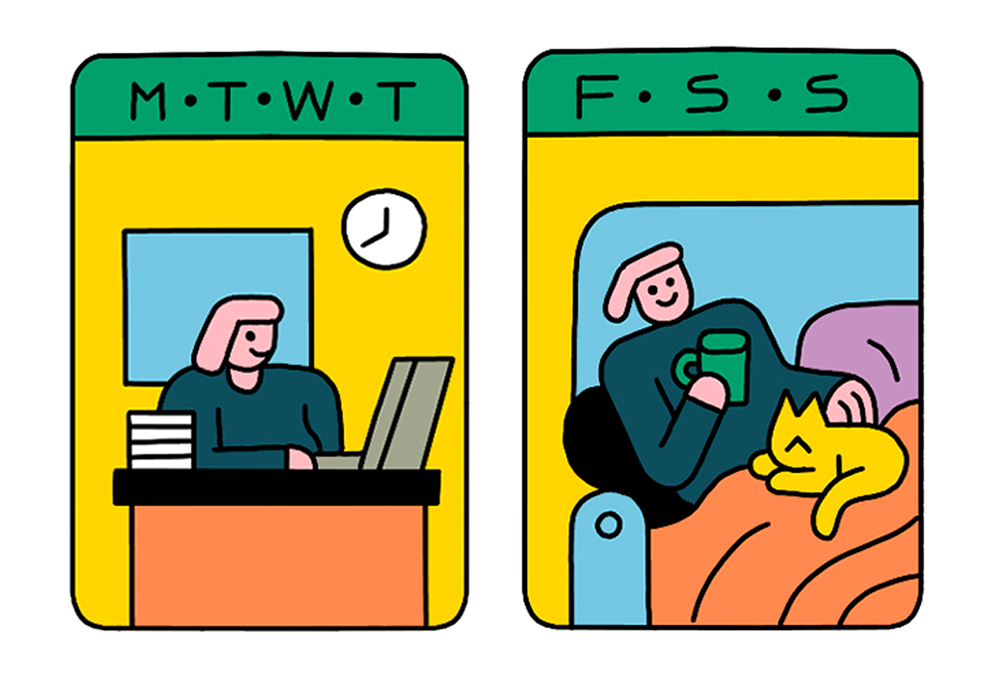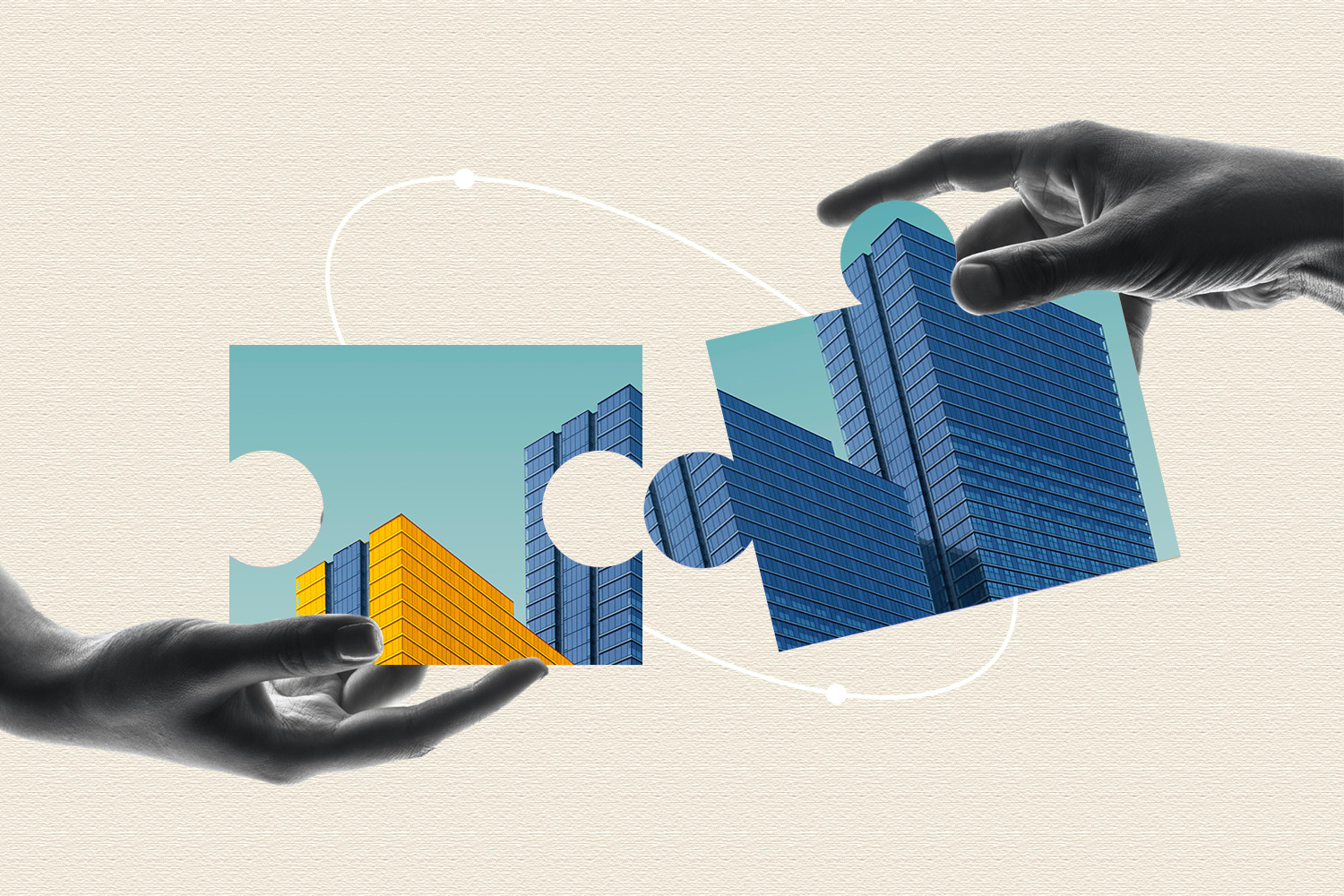How to Repair a Toxic Work Culture

In 2016, six years after Canvaspop was founded, the business—and notably its culture—was in trouble.
Nazim Ahmed, co-founder and former CEO of the personalized photo art company, says the business began to lose its way around 2014 when it started scaling up and launched several new lines of business. One of them was PopKey, a GIF application, that had a different business model than Canvaspop and soon began competing for its resources.
Teams were splintered, with some staying at Canvaspop while others went to PopKey. The lack of clarity and direction from leadership on how the two lines of business were going to co-exist deeply affected company culture, Ahmed says.
After a few years, the new lines began to falter and Canvaspop itself began to stall as new competitors entered the photo art space. The company quickly went from 30 employees down to eight after a series of layoffs and resignations. High turnover showed that staff had one foot out the door, Ahmed says, because they had lost confidence in leadership.
“It’s a weird feeling when you have this vibrant community with lots of innovation and great things happening, and then very quickly it goes to a small group of people who are disillusioned,” he says. “That’s when I realized how fragile a positive work culture and growing company can be if not handled correctly.”
Signs of a toxic workplace
A toxic environment can encompass a variety of damaging behaviour, ranging from dysfunctional leadership styles to bullying and gaslighting by bosses or coworkers. Big-name examples of unhealthy workplaces have made headlines over the past few years, with employees coming forward from companies like Amazon, WeWork, Mailchimp and even the Ellen DeGeneres Show alleging instability, poor management, bullying, sexism, racism and overwork.
When left unaddressed, a toxic work culture has both personal and business repercussions, says Nora Jenkins Townson, founder of HR agency Bright + Early. If people are distracted by negative relationships or company drama, they’re likely not getting much work done, or producing their best quality of work, she says. “If you have a healthy feedback culture where everybody knows what’s expected of them—one where employees feel safe and empowered to give both positive and constructive feedback—people can just focus on their work,” Townson says.
On the personal side, a toxic workplace can cause employee burnout, hurt or trauma. Research shows that a toxic environment can lead to anxiety and depression. What’s more, when bad behaviour is modelled in the workplace, it can spread throughout the organization and have a ripple effect.
Toxic workplaces also lead to high turnover. People are more likely to check out and quit when they’re experiencing an unhealthy culture—even without another job lined up, Townson says. This can cause the remaining workers to feel even worse. If employees resign from burnout, and you can’t replace them fast enough, staff are left to work harder with a bigger pile of work. “It becomes a spiral,” Townson says.
How to repair a toxic workplace
While repairing a toxic workplace is not always easy, it’s important for both employee well-being and a company’s bottom line. In order to start repairing a toxic workplace and make meaningful change, employers need to make a real effort to listen to employees and check in with them regularly, says Townson.
She recommends the use of anonymous surveys, like an employee net promoter score survey. On a scale of zero to 10, the surveys measure how employees are feeling about work, and may also ask questions like what areas the company could improve upon and what issues may be causing problems. It’s also important that management does one-on-one check-ins to ask employees how they’re feeling and how they can be further supported “so people don’t feel like they’re slipping through the cracks,” Townson adds.
Clear HR policies and practices around harassment, bullying and other unpleasant workplace conditions are important. And, it’s key to let your employees know exactly what will happen, step-by-step, if they are to report any concerns.
Leading by example
After the culture at Canvaspop turned south, Ahmed made a full commitment to turn the culture—and business—around, starting with an accountability process.
“I had to take everyone that was left and admit fault in front of them,” he says. By showing his employees humility and vulnerability, he believes he was able to provide confidence that change was possible. Ahmed even went as far as replying to negative Glassdoor reviews to admit that the company had lost its way and apologized for the missteps.
To relieve financial pressure, Ahmed says a group of investors that had faith in his ability to turn things around infused new capital into the company. Any members of the leadership team that weren’t on board with the improved vision for the company were asked to go their separate way.
When developing a new strategic plan for the business, Ahmed says he prioritized getting input from all employees. This time around, he created different tracks within the business to ensure the same mistakes weren’t repeated, and that teams had the necessary resources to meet their goals. By 2018, he says revenue started growing and gross margins improved.
Ahmed also made sure to put a greater focus on nurturing Canvaspop’s employees. This included investing in a higher-end benefits package, employee stock options, a wellness program, business coaching for all the company’s leaders and hiring an employee experience manager to help resolve any problems employees faced. The company created a “Building with Purpose” program that donated a percentage of revenue to a charity voted on by employees.
The company also started using and monitoring employee net promoter score surveys on a weekly basis. What started as a score of 5.4 in 2017 turned into a score of 8.8 by the summer of 2021. At the same time, the company was sold to Circle Graphics, a digital printing company, in an eight-figure deal, Ahmed says. Ahmed is now the founder and CEO of Creative Layer, a workflow and project management platform, and says he uses the lessons from Canvaspop to create a positive work environment by investing in employees’ experiences.
“I’m growing this new business with all the lessons I learned,” he says. “The highs and the lows.”









